
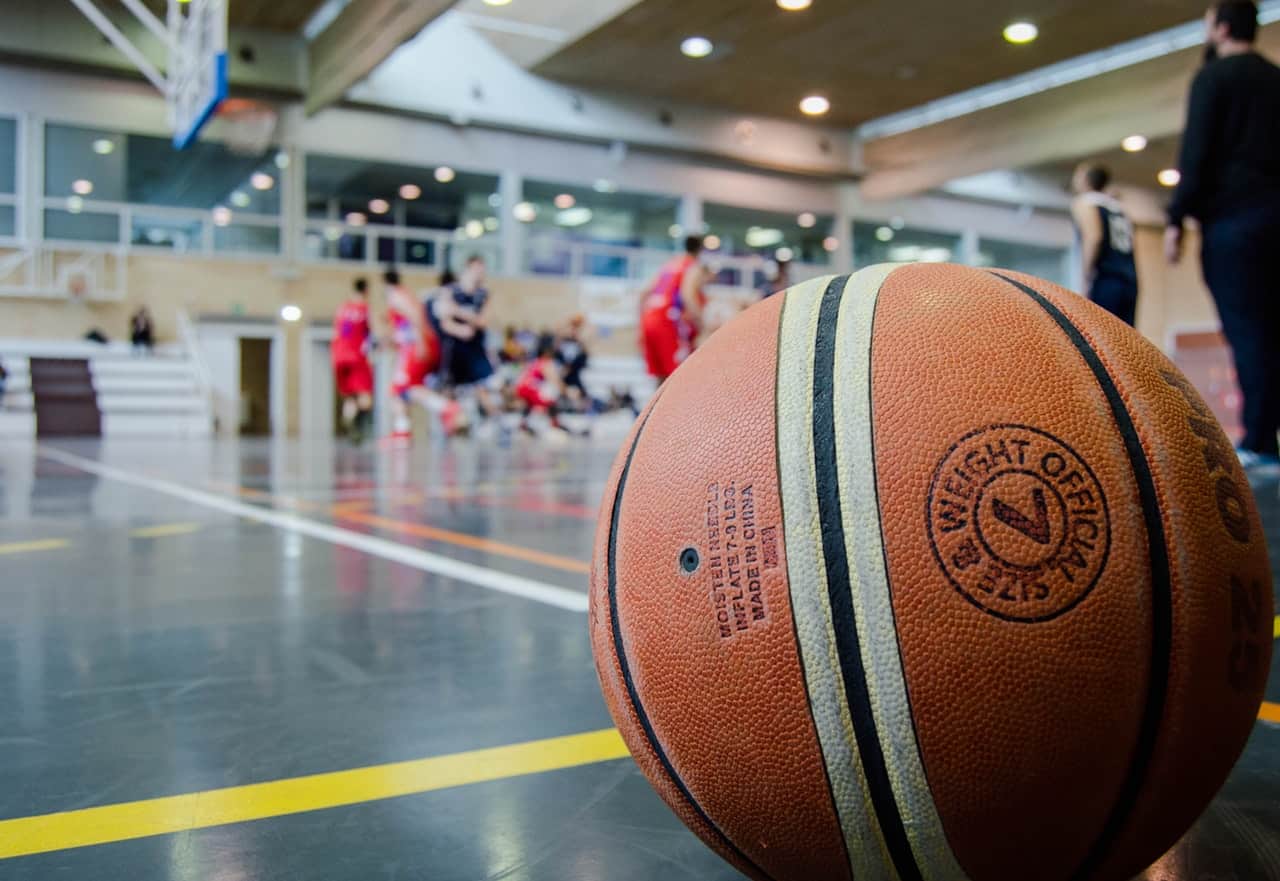
Bball game hurting? Discover the best indoor basketball today and go from hack to Shaq. Read our reviews now.
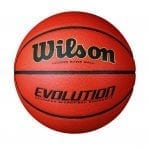 Wilson Evolution Indoor Game Basketball
Wilson Evolution Indoor Game Basketball
A universally popular, tried-and-tested ball
Excellent value for money
Soft to touch
Enhances grip and overall game
The soft cover makes it slightly less durable
Lacks the typical genuine leather feel
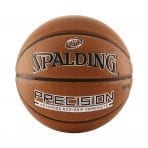 Spalding Precision Basketball
Spalding Precision Basketball
Excellent grip and soft touch
Comes in two different sizes
Durable – doesn’t lose its quality over time
Doesn’t feel like natural leather
Not ideal for concrete surfaces
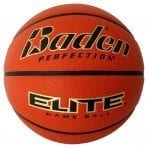 Baden Elite Indoor Game Basketball
Baden Elite Indoor Game Basketball
Good value for money
Easier to grip and control
Valve cover makes for a consistent bounce
Symmetrical ball is great for shooters
Might feel too tacky
Bladder not the best
The Rock- Basketball – Official Mens
A seriously underrated ball that’s just as good as the big boys, but at an even lower price.
Excellent value for money
Great grip and handling
Super soft, tacky feel enhances control
No break-in needed – game-ready ball
Durable – the ball retains its shape even after a long time
Quality drops if used outside of the PSI range
Not as popular as Spalding or Wilson
Season Creator Premium Indoor Game Basketball
A relatively new basketball that stands out with its cool features and vibrant colors.
Excellent grip
Feels lightweight
Choice of different colors
A bit expensive considering it’s a new entrant in the market
Can lose shape and quality even after slight misuse
Limited use – only on wooden floors
Great for shooters and women
Close control
Improved air retention
High-quality grip
Slightly expensive
Feels too rubbery
Loses quality over time
Molten X-Series Composite Basketball
Boasts the Giugiaro design, which uses color contrast to track the rotation visibility of the ball.
Great handling and shooting
Consistent bounce
Giugiaro design improves rotation visibility
Warranty in case anything goes wrong
Might feel too tacky initially
Composite cover doesn’t feel exceptional
Difficult to inflate
Under Armour 695 Indoor Composite Game Basketball
Decent features at an affordable price, but at the expense of quality and durability.
Cheaper than other options
Good air retention
Good grip
Moisture-wicking
Low quality cover material of the ball
Low durability
Uneven bounce

He is fond of football and other sports since 5 years. In college, he played for the local team.
Davi Martins MeloPlaying basketball indoors won’t be fun if your ball isn’t made for the very purpose. That’s why finding the best indoor basketball is so important.
Here’s why:
You see, indoor surfaces are much smoother than their outdoor counterparts. And indoor basketballs are made specifically from soft, high-grade materials so you can bounce, dribble, and shoot them like a dream when playing indoors.
Here’s all you need to know about indoor basketballs before buying your next one!
To bring you this brutally honest in-depth review, we looked through tons of different basketballs until our eyes were red, put in hours and hours of research, and read ALL about what customers and industry experts have to say. Safe to say, you can trust this review with your eyes closed. But you do need to keep them open to read it!
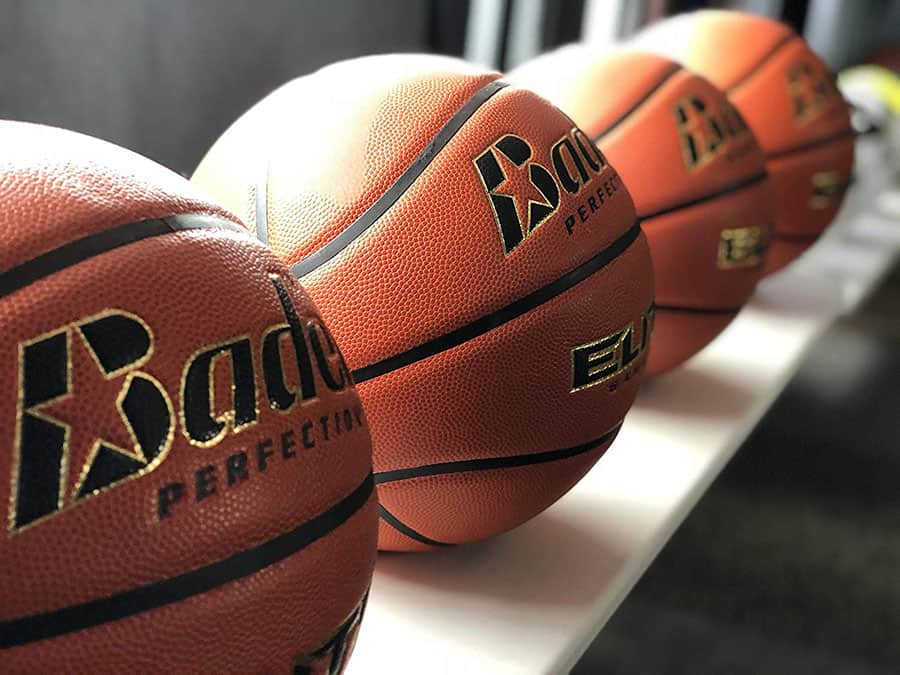
Choosing the right indoor basketball can be tough; you have so many options! But, if you know exactly what to look out for, making a choice will be easy-peasy.
A great indoor basketball offers excellent grip, has a consistent bounce, and typically fits your budget. You should also consider if you’re getting the right size – size 7 is the official size for men, while size 6 is the official size for women.
The material your ball is made of also directly impacts how well it performs. If you like a hard, tough surface and are willing to pay for it, consider investing in a genuine leather ball. If not, a composite leather ball will be the best option for you. If you’re on a strict budget and don’t plan on playing regularly or professionally, get a cheaper ball made of rubber.
If you’re reading this, you probably already know the difference between indoor and outdoor basketballs.
If you don’t, here’s what it is:
Indoor basketballs are suitable for indoor surfaces, like wood, which are typically softer than outdoor surfaces, like concrete. Manufacturers, naturally, use softer materials for indoor balls to enhance grip and control.
Now, when dozens of companies are selling more or less the same thing in the market, it’s normal for the average consumer to get things wrong.
That’s why we’ve narrowed down some important factors you should look out for when you go out there to buy your next indoor basketball:
In a good all-around basketball, excellent grip is a MUST.
The right material and cover of the ball can enhance the grip, which helps you not only dribble your way through the game, but also shoot effectively from a long way out.
Poor, low-quality material can compromise on the grip of your ball – it may start to slip eventually and ruin your game.
You should also know that sweat may affect the grip-ability of the ball. To tackle this, you should go for a basketball with moisture-managing features.
Lastly, the width and depth of the ‘grooves’, or channels, can also affect the grip. An ideal basketball is one that offers just the right channel design for your fingertips and palms, so you can play with ease and confidence.
Most indoor basketball are made of rubber or composite leather. Some are even made of genuine leather.
As you’d imagine, rubber basketballs are the cheapest to own, whereas a basketball made of genuine leather is VERY expensive.
But the most common material is composite leather, which is basically synthetic leather designed to feel like the real thing with some improvements.
Now, rubber basketballs typically lack the bounce required for a good game. Plus, they barely offer any support to your hands for a nice grip. They’re much cheaper, though, so they’re a good option if you’re on a budget or if you don’t play regularly.
Composite leather balls offer excellent grip and a softer feel than genuine leather. Plus, they cost less, too!
Fun fact: The NCAA Basketball Tournament Game Ball is made of composite leather.
So, why would someone want to buy a genuine leather ball?
Well, if you’ve ever owned a genuine leather basketball, you’ll know these balls take a number of games to really show what they are capable of. This particular break-in period feature of a leather ball is considered a good thing by some and bad by others.
But the results? Pretty impressive!
Another fun fact: The Official NBA Game Ball is made from genuine full grain leather.
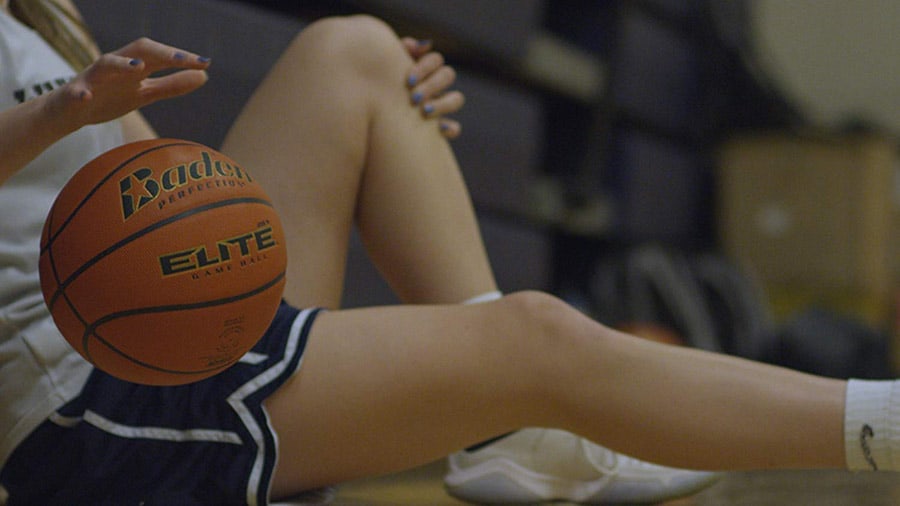
You know what a great basketball does? Bounce nicely.
It’s important to get a ball that offers consistent and predictable bounce, so you make less wrong moves in the court. A ball will typically bounce nicely if it has the perfect width and depth between each groove (or, channel).
Oh, and make sure the ball doesn’t have deep pebbles because that will eventually affect the bounce. Balls with uneven covers or those made of cheap materials also tend to ruin the bounce.
Of course, there’s a standard size of basketballs used in professional tournaments.
But, official sizes change depending on who’s playing. Here’s a breakdown of different basketball sizes and when they’re used:
Now, if you’re looking for a ball for your little boy or girl, you shouldn’t go ahead and buy the standard sized balls. Why? Children’s arms and shoulder are fragile, and heavy balls can be dangerous.
We suggest you look into some other ball sizes for your kids:

For starters, we’d suggest you use indoor basketballs ONLY for indoor purposes. You can try using them outside if you want, but you’ll risk wasting all the money you’ve spent.
Not surprisingly, the price of the ball does sometimes affect the quality. Let’s compare the industry averages.
Naturally, most premium quality basketballs cost anywhere between $100 and $150, or more. They also tend to be more durable and are mostly made of genuine leather (which drives their prices up).
Really cheap quality basketballs can be bought for $10-$25. These are usually made of rubber, have uneven bounce and little to no durability.
The ideal indoor basketball should cost somewhere between $50 and $100. These are usually made of composite leather, offer excellent grip, and have a consistent bounce and a great overall feel.
We agree. The brand doesn’t matter as much as the features and performance of the actual ball. But you know, going for a tried-and-tested brand isn’t always a bad decision. In fact, it’s much less risky!
Spalding is one of the most popular basketball brands out there. They’ve been an official NBA partner since 1983 and have been in the sports manufacturing business since the late 1800s! If you don’t want to risk going for a lesser known brand and have enough money to spend, buying a Spalding basketball isn’t a bad choice.
Other brands like Wilson, Baden, The Rock, Adidas, Molten also offer a great range of indoor basketballs.
When you purchase a basketball online, chances are it will be delivered to you deflated.
As such, it’s important for you to own an air pump, so you can fill the ball up and start using it.
Why does this matter?
Well, if your ball is over-inflated or even slightly deflated, it will affect your game. In most cases, deflation causes an uneven response by the ball, which is a big NO for any basketball player.
There are many hand pumps, foot pumps and electric pumps available in the market. Just make sure you fill the ball up to its ideal required air and you are good to go!
If you’re going to spend your money, make sure you know how to care for your basketball. If you don’t, you’ll never be able to make the most out of it. Here are some tips:
Picking the best indoor basketball is easy if you know what to look out for! Just make sure you know how much you plan to play and if you want to stretch your budget for better quality. A good indoor basketball offers great grip, consistent bounce, and durability.
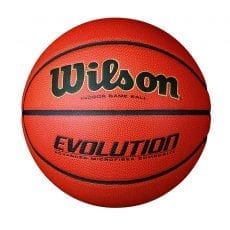
Bball game hurting? Discover the best indoor basketball today and go from hack to Shaq. Read our reviews now.
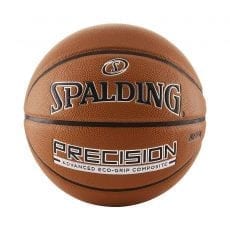
Bball game hurting? Discover the best indoor basketball today and go from hack to Shaq. Read our reviews now.
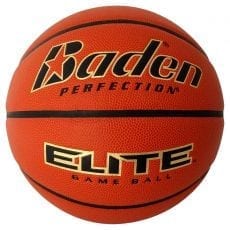
Bball game hurting? Discover the best indoor basketball today and go from hack to Shaq. Read our reviews now.
That really depends on the basketball you decide to buy. For Spalding balls, the recommended inflation level is 7-9 PSI. Always check the instructions that come with your basketball to make sure you don’t underinflate or overinflate it.
Composite leather is manmade, or synthetic, as opposed to genuine leather. Composite leather typically requires no break-in period like real leather does and costs less too.
Simple: you play with it. You don’t need any machinery or tools. All you need is time and effort, and your ball will soon be game-ready after a few practice sessions.
Typically, a basketball can last for 2 or 3 years of regular use. But, if you don’t really use it too often, it can much longer.
If your basketball starts to crack, pop, lose its grip, or even lose its shape (despite inflating it), consider throwing it out. If you find a hole in it, definitely throw it out.
